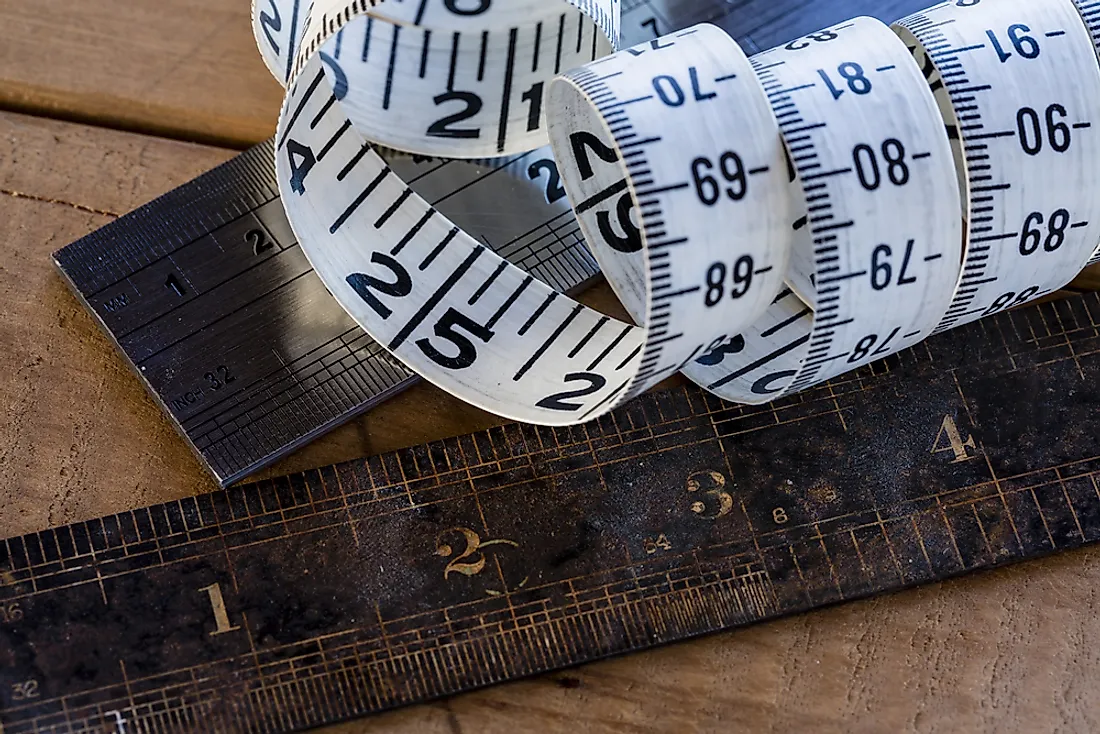Does England Use the Metric System?

There are two main systems used to measure weight and distance: the imperial system and the metric system of measurement. The metric system, which uses measuring units such as grams and meters, is used by most countries to count order of magnitude. Other countries such as the US use the imperial system where units such as pounds, inches, and feet are used. Other countries have had to convert from the imperial to metric system. The imperial system of measurement is also known as the British Imperial since it originated from the British Empire that ruled most parts of the world between the 16th and 19th century.
Use of the Metric System in England
The British Imperial was used as the official system of measurement in Great Britain from 1824 until the adoption of the metric system in 1965. The metrication of the UK, which is meant to replace the imperial system with the metric system, has been largely successful in England since its introduction in the 20th century. Most of the industries, commerce, and government use the metric units but the imperial system is still officially used for distances, speed, and liquid quantities. In schools, metric units are used and taught and imperial units that are still in common use in the country are also taught. So, while the United Kingdom, which includes England, favors the metric system as the official system of measurement, the use of the Imperial System is still widely accepted.
Brief History of Metrification
The adoption of metric system in the UK was first discussed in 1818 in parliament. Before the metrication was made official in 1965, several government bodies had already adopted the metric system or were in the process. A policy supporting adoption of the metric system was formally agreed in 1965 following requests from industries. In England, the Department of Education alerted the education authorities the need to adapt to the metric system in 1967. In 1969, a Metrication Board was established to coordinate the process. Initially, metrication was voluntary but in 1978 it was made mandatory in certain sectors after certain carpet retailers used imperial units instead of metric units. The government policy was reverted again to voluntary metrication in 1980 and the Metrication Board abolished. By this time, almost all the sectors except part of retail trade and road signage had metricated. In 1988, England alongside Northern England and Wales introduced a National Curriculum in which SI was used as the principal system of calculation and measurement.
Challenges to Adopting the Metric System
While the adoption of the metric system is considered largely successful in England, the process of metrication has faced a lot of challenges and rejection. In 2011, a survey conducted by supermarket chain Asda suggested that over 70% of the customers consider metric labeling confusing and preferred product labeled in imperial. Other people support imperial system because it embodies tradition and accounts for much of their appeal. The displayed measurement for most products in both metric and imperial units has also made it very difficult for most people to make the switch since they only concentrate on the imperial unit and ignore the metric unit.











